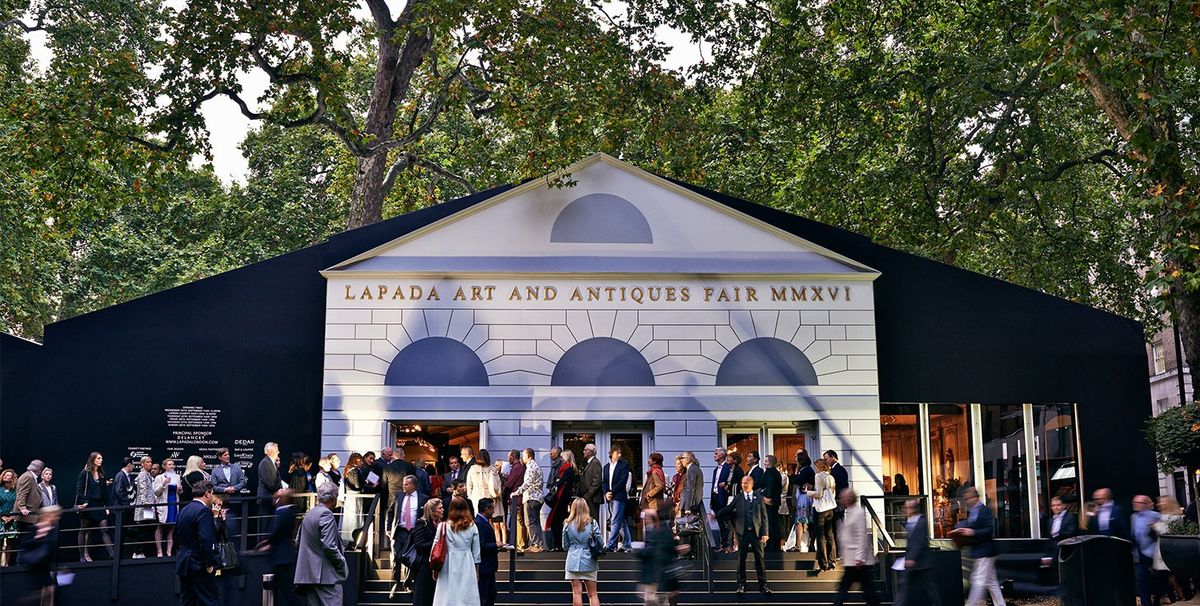A report released today by the British Art Market Federation (BAMF) is aimed at measuring the UK art trade and its impact on the larger economic landscape.
Prepared by Clare McAndrew’s Arts Economics, the report affirms that the UK hosts the second largest art market in the world, with £9.2bn in art and antiques sales representing 21% of transactions worldwide. (The US comes in first, with 40% market share, and China a close third, at 20%.) The industry employs 41,700 people directly and supports another 94,710 jobs in ancillary industries from restoration to logistics to IT. The overall contribution of the art market to the British economy was estimated at £1.46bn in 2016. This data, says Anthony Browne, chair of BAMF, “reinforces that the art market is something the government should care about”, particularly during the Brexit transition.
BAMF, a consortium that includes Christie’s, Sotheby’s and Phillips along with specialised trade organizations such as the Antiquarian Booksellers’ Association and the Royal Institution of Chartered Surveyors, last issued such a report in 2014. Since then, the overall value of the British market has declined 19%, versus a 17% drop over the same period globally. The biggest dent was to auction sales, which fell about 30%. Dealer sales, on the other hand, “appear to have been more stable, rising 3% year on year”, says the report.
The value of art imports to the UK also slipped from £4.063m in 2015 to £2.796m in 2016—largely in line with the global contraction, but a potential cause for concern when London must, says Browne, offer “a critical mass” of high-value material in order to attract international buyers. He believes that Brexit—and the abandonment of EU-imposed taxes and regulations—represents an opportunity to reexamine the nation’s competitiveness in a global context.
Still, refashioning the relationship to the continent will be thorny, and the report underscores the importance of cross-border trade for the UK market, which it says is under-estimated by official figures. “For some of the major auction houses, consignments from EU member states accounted for up to 25% of their UK sales on average”, the report says. Furthermore, between 15% and 20% of all purchases (auctions and dealers) went to EU buyers—an audience London can ill afford to lose if it is to maintain its razor-thin edge.
“The message for me is that you can’t be complacent”, says Browne. “You’ve got to create the right environment to encourage art sales and growth in the market.”


